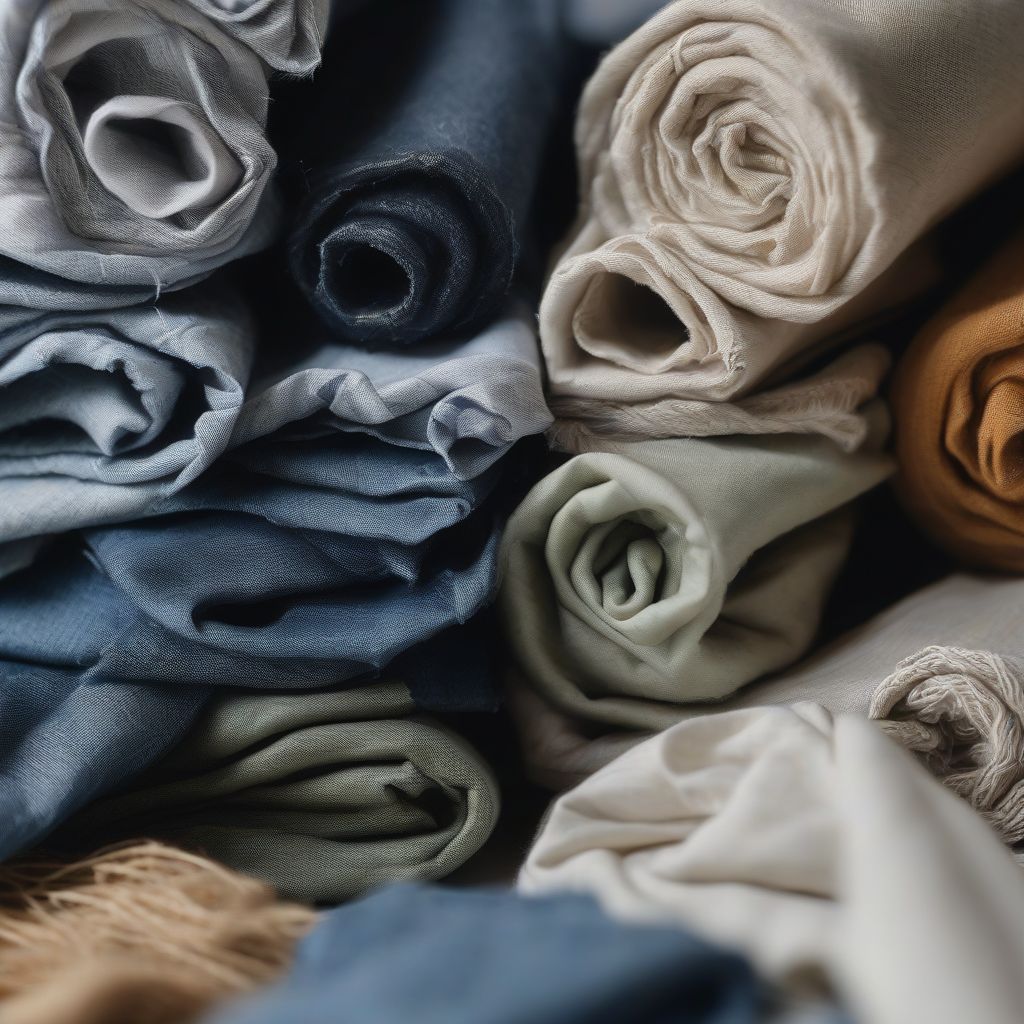We all love expressing ourselves through fashion. That little thrill of finding the perfect outfit? It’s magical! But what if we could feel that same joy, knowing our fashion choices are kind to the planet too?
Choosing eco-friendly clothing and accessories is easier than you might think. It’s about making conscious decisions that reflect your values and contribute to a healthier planet. This guide will walk you through everything you need to know, from understanding the impact of fast fashion to deciphering eco-labels and making sustainable choices that align with your style and budget.
Understanding the Environmental Impact of Fashion
Before we dive into the how-to’s, let’s take a moment to understand why choosing eco-friendly fashion matters. The fashion industry, particularly fast fashion, has a significant environmental footprint:
- Water Consumption: Textile production is a thirsty business, using vast amounts of water for growing crops like cotton and in the dyeing and finishing processes.
- Pollution: Textile factories release harmful chemicals and dyes into waterways, polluting ecosystems and harming communities.
- Greenhouse Gas Emissions: The production, transportation, and disposal of clothing contribute to greenhouse gas emissions, accelerating climate change.
- Waste: Fast fashion encourages a disposable mindset, leading to mountains of textile waste in landfills.
By choosing eco-friendly clothing and accessories, we can help mitigate these negative impacts and support a more sustainable fashion industry.
Key Fabrics to Look for in Eco-Friendly Clothing
The materials used to make your clothes play a huge role in their environmental impact. When shopping for eco-friendly options, keep an eye out for these fabrics:
- Organic Cotton: Unlike conventionally grown cotton, which relies heavily on pesticides, organic cotton is grown without harmful chemicals, promoting healthier soil and reducing water pollution.
- Recycled Materials: Clothing made from recycled materials, such as recycled cotton, polyester (rPET), or nylon, gives new life to discarded materials and reduces the demand for virgin resources.
- Hemp: Hemp is a durable and fast-growing crop that requires minimal water and pesticides. It produces a breathable and long-lasting fabric.
- Linen: Linen is derived from the flax plant and is known for its strength, breathability, and natural resistance to wrinkles.
- Tencel (Lyocell): Tencel is a biodegradable fabric made from sustainably harvested wood pulp in a closed-loop system that minimizes waste and water usage.
 Eco-Friendly Fabrics
Eco-Friendly Fabrics
[amazon bestseller=”sustainable clothing”]
Decoding Eco-Labels and Certifications
Navigating the world of eco-labels can feel like learning a new language! Here’s a cheat sheet for understanding common certifications:
- Fair Trade Certified: Ensures fair wages and safe working conditions for farmers and workers in the supply chain.
- GOTS (Global Organic Textile Standard): Certifies organic fibers are used throughout the entire textile supply chain, from harvesting to manufacturing.
- OEKO-TEX Standard 100: Indicates that the textile product is free from harmful chemicals and safe for human health.
- Bluesign®: Certifies that textiles have been manufactured with responsible use of resources and minimal impact on people and the environment.
- Recycled Claim Standard (RCS): Verifies the presence and amount of recycled content in a product.
When in doubt, don’t hesitate to visit a brand’s website or reach out to their customer service to learn more about their sustainability practices.
Shopping Tips for Eco-Friendly Fashion
Ready to embrace sustainable style? Here are some practical tips to guide your shopping choices:
- Shop Less, Choose Well: Invest in high-quality, timeless pieces that will last longer, reducing the urge to constantly buy new items.
- Embrace Secondhand Shopping: Thrifting, vintage shopping, and online consignment platforms offer a treasure trove of unique and affordable finds while giving clothes a second life.
- Support Sustainable Brands: Seek out brands that prioritize ethical manufacturing, sustainable materials, and transparent supply chains.
- Consider Clothing Rentals: For special occasions or if you enjoy variety, clothing rental services offer a sustainable way to update your wardrobe.
- Care for Your Clothes: Proper care can extend the lifespan of your garments. Follow care labels, wash clothes in cold water, and air-dry whenever possible.
Eco-Friendly Accessories: Completing Your Sustainable Look
Sustainable style extends beyond clothing! Here are some eco-friendly accessory options:
- Jewelry: Choose pieces made from recycled metals, ethically sourced stones, or sustainable materials like wood or recycled glass.
- Bags and Wallets: Opt for bags crafted from vegan leather, organic cotton canvas, or recycled materials.
- Sunglasses: Look for sunglasses made from sustainable materials like bamboo, wood, or recycled plastic.
- Belts: Choose belts made from vegan leather, recycled materials, or natural fibers like hemp or cotton.
Making a Difference with Your Choices
Choosing eco-friendly clothing and accessories is about more than just following a trend; it’s about aligning your values with your wardrobe. Every purchase you make is a vote for the kind of world you want to live in. By supporting sustainable practices, you’re contributing to a more just and equitable fashion industry and a healthier planet for future generations.
Remember, every step towards a more sustainable lifestyle counts!
